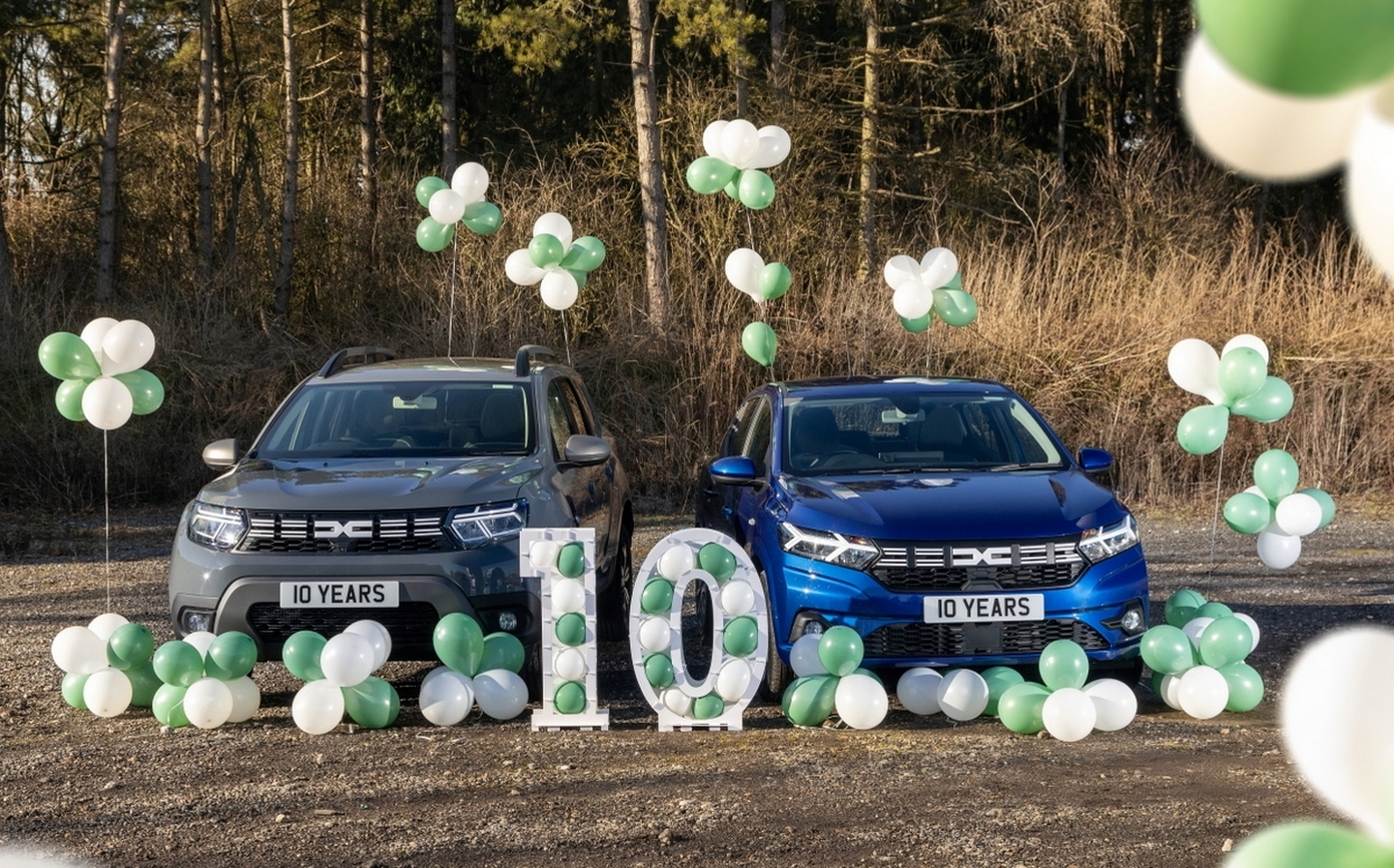A decade of Dacia in the UK: The past and future of plucky budget brand as it marks 240,000 sales
They told us to do the maths .... good thinking
Few vehicle brands have launched in the UK and captured the imagination like Dacia. Unashamedly targeting the budget end of the car market, a decade ago the Romanian company seized on the fact that many makers of “affordable” manufacturers were reinventing themselves as more upmarket brands, chasing bigger sales margins and larger profits. While that has worked for the likes of Kia and Skoda, it left a gap for Dacia to fill, and it did so with gusto.
Dacia is now celebrating 10 years of sales in the UK, following its launch in January 2013. Since then, more than 240,000 models have been sold on our shores, with buyers drawn in by the brand’s no-nonsense pricing policy and value-driven philosophy that offers more car for the money when compared with rival manufacturers.
The company is named after the historic region of Europe that Romania roughly now occupies (along with parts of Moldova, Bulgaria, Serbia, Hungary, Slovakia and Ukraine), and although Dacia only existed in the UK for 10 years it was first founded in 1966.
Since its conception, Dacia has had close ties with Renault, and its first offerings were licence-built versions of the Renault 8 and 12, the latter of which was built in varying forms from 1966 all the way up to 2004.
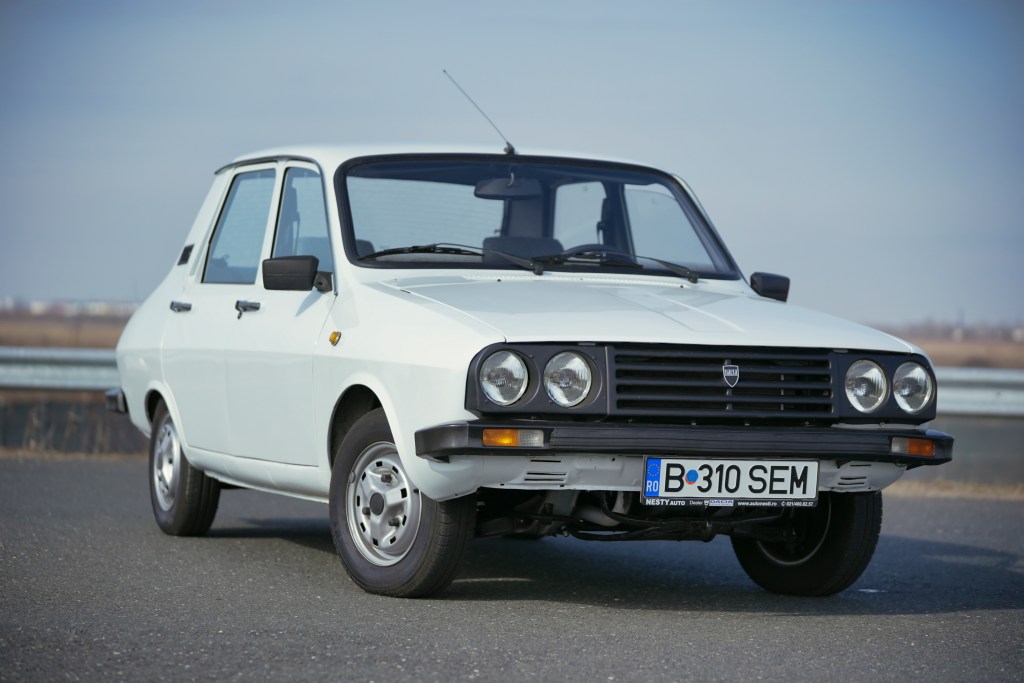
The association with Renault became stronger in 1999, when the French firm incorporated Dacia into the larger group. As a result, Dacia was able to tap into Renault’s resources to help it maintain a value-focused outlook.
Renault launched Dacia as a budget brand across Europe in 2004 but it was still almost a decade before right-hand-drive models were put on sale in the UK, where we have a reputation for valuing style and creature comforts over bargain basement motoring.
In the meantime, budget-conscious buyers in Europe were first offered the Dacia Logan small saloon, and this spawned the MCV estate, as well as van and pick-up truck variants.
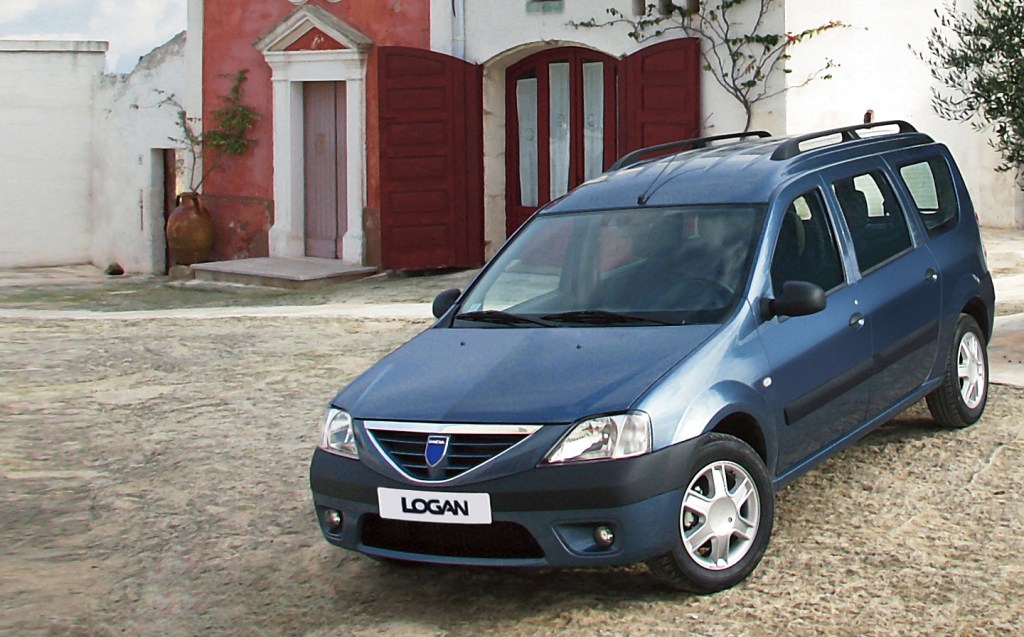
The first Sandero hatchback — a smaller car based on the same platform as the Logan — arrived in 2008, while the Duster SUV hit European showrooms in 2010. Later, the Logan MCV was replaced by the Lodgy MPV.
Brits told to ‘do the maths’
Dacia’s arrival in the UK came at a time when rival manufacturers were looking to move upmarket. Companies such as Hyundai, Kia, Ford and Skoda had previously sold models that offered great value for money, but they all consciously moved away from their budget roots. Renault saw that as an opportunity, and decided that the time was right for Dacia to be launched on these shores.
The first cars to land here were seen at the 2012 Goodwood Festival of Speed, where visitors could check out left-hand-drive versions of the Duster SUV. It was very much Dacia’s halo model at the time, as it still is now.
Soon after, the entry-level price of £8,995 — amazing for an SUV at a time when demand for the bodystyle was surging — was revealed and order books were opened. The first 2,000 slots were quickly snapped up.
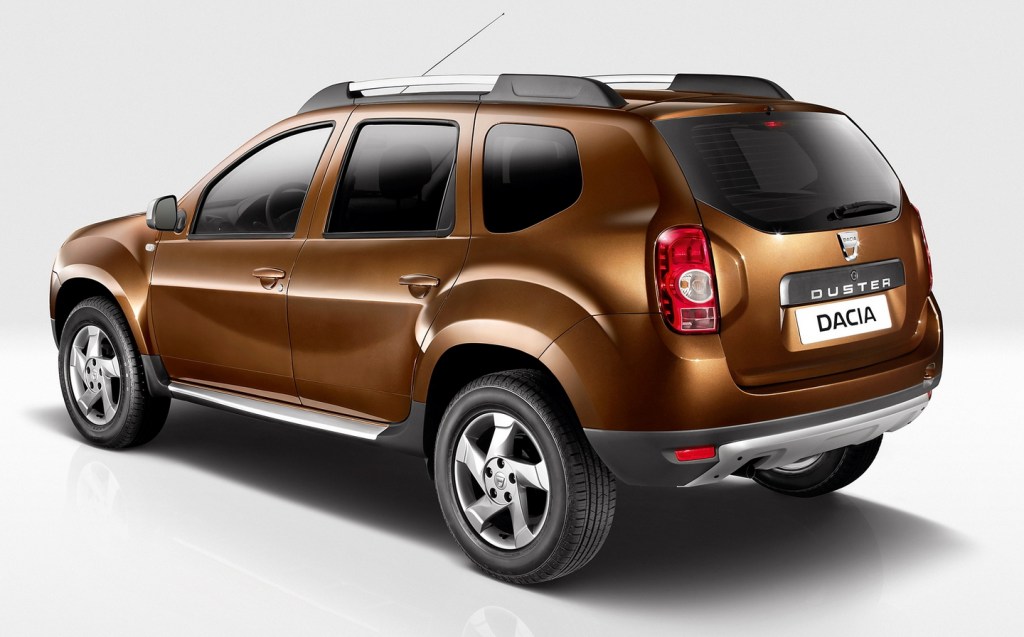
Orders for the Sandero supermini following the same format shortly after, but with the added attraction of buyers being able to get behind the wheel of the UK’s cheapest new car — starting at just £5,995 many were left wondering they they did it (the answer being by leaving out fripperies such as air conditioning on the early base models).
Sales commenced in January 2013, with the first model to be registered in the UK being a Sandero.
However, it’s the Duster that has proved to be the most popular model with UK buyers. More than 88,000 of the first- and second-generation SUVs have found homes in Britain, while the Sandero and more rugged Sandero Stepway have also been mainstays of the line-up for the past 10 years.
Alongside this trio, Dacia has dabbled with more practical models based on the Sandero supermini. There was the Logan MCV (and a more rugged Stepway variant), for example, which was an estate alternative to the Sandero that arguably offered the most space-per-pound of any car for sale in the UK at the time.
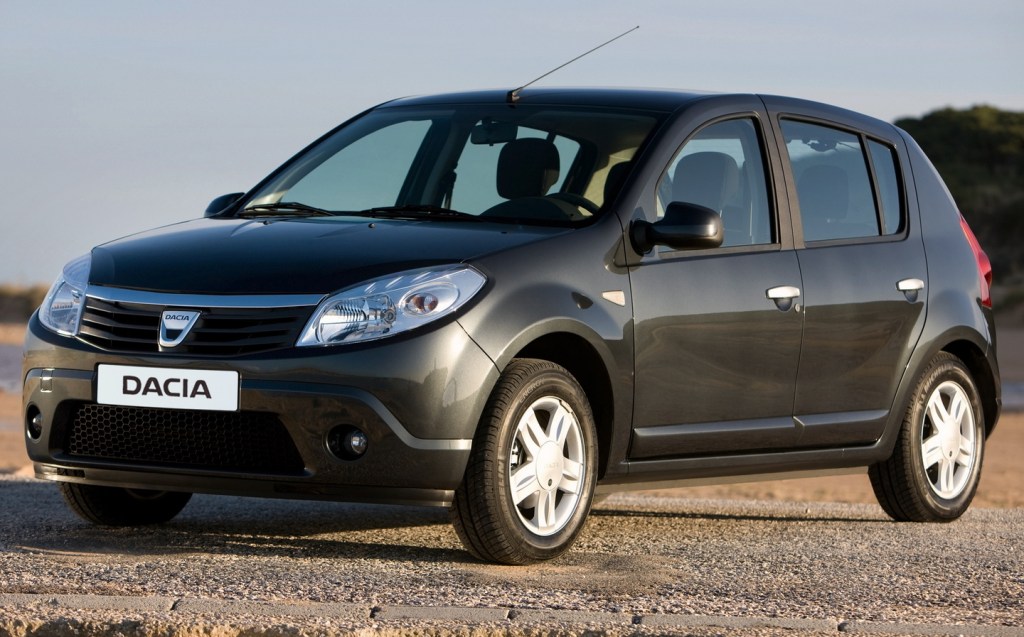
When the second-generation Sandero arrived in 2020, the Logan wasn’t renewed, and instead the Jogger joined the line-up. This estate has marked itself out with rugged looks as standard, plus the inclusion of a seven-seat layout. Once again this made Dacia a market leader by virtue of it being one of the UK’s cheapest seven-seat models on sale.
For 2022, Dacia was rebranded to boost its appeal. Gone was the traditional looking shield badge in favour of a new, blocky typeface and angular logo that is now being introduced across the range.
The latest models feature white exterior badges and detailing replacing the older chrome finishers. It’s part of Dacia’s switch to becoming a more rugged, lifestyle brand, as previewed by its Manifesto concept car of last year.
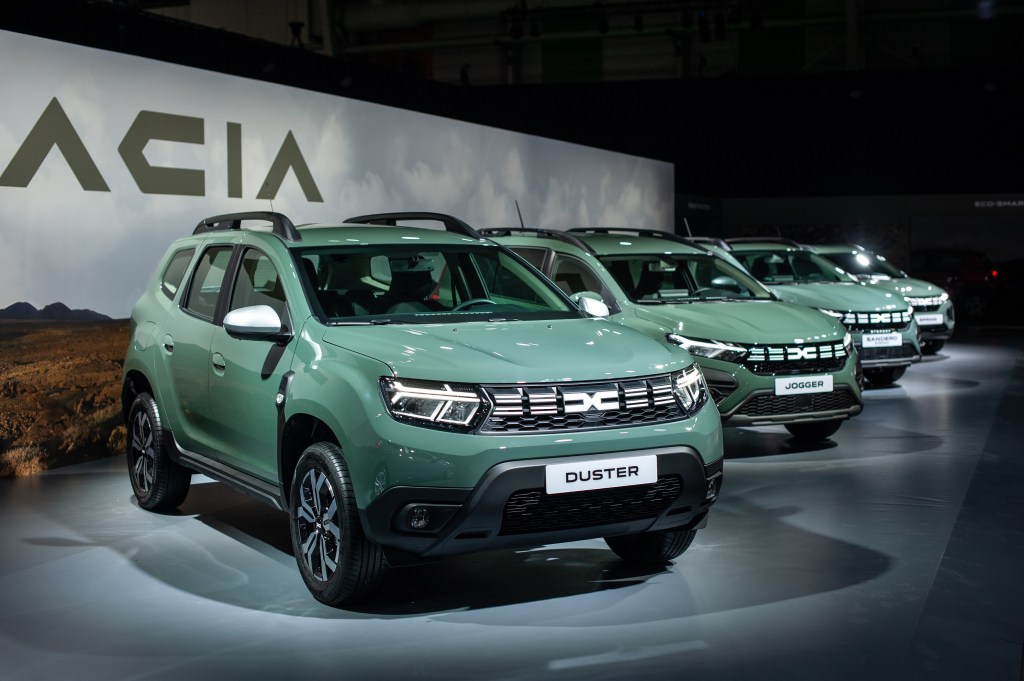
However, that doesn’t mean it will be abandoning its value roots; the Sandero still battles to be the cheapest new car for sale in the UK.
As part of its decade of Dacia celebrations, the company has collated some statistics about its time in the UK.
The most popular colour with buyers is Glacier White, which further emphasises Dacia’s budget appeal, since it’s the no-cost option for the cars in its range.
However in contrast, the stats reveal that top-spec trims are the most popular, with the former range-topping Laureate trim level taking the bulk of sales across all of Dacia’s models.
Today, Dacia confirms that 34 per cent of UK buyers choose the top-spec trim level on its cars, demonstrating that customers still want a few tech and comfort upgrades while seeking out value for money. It’s why the most basic specification versions of the cars, which can still be found in certain European markets, are no longer sold over here — almost no British buyers wanted to forego all creature comforts.
Dacia’s value-minded philosophy is clearly still proving popular with buyers. Pre-pandemic, sales in 2019 hit a record high of 31,000 vehicles in the UK. Meanwhile sales in 2022 were up by 34 per cent when compared with 2021, and that was at a time when the overall new-car market saw a downturn.
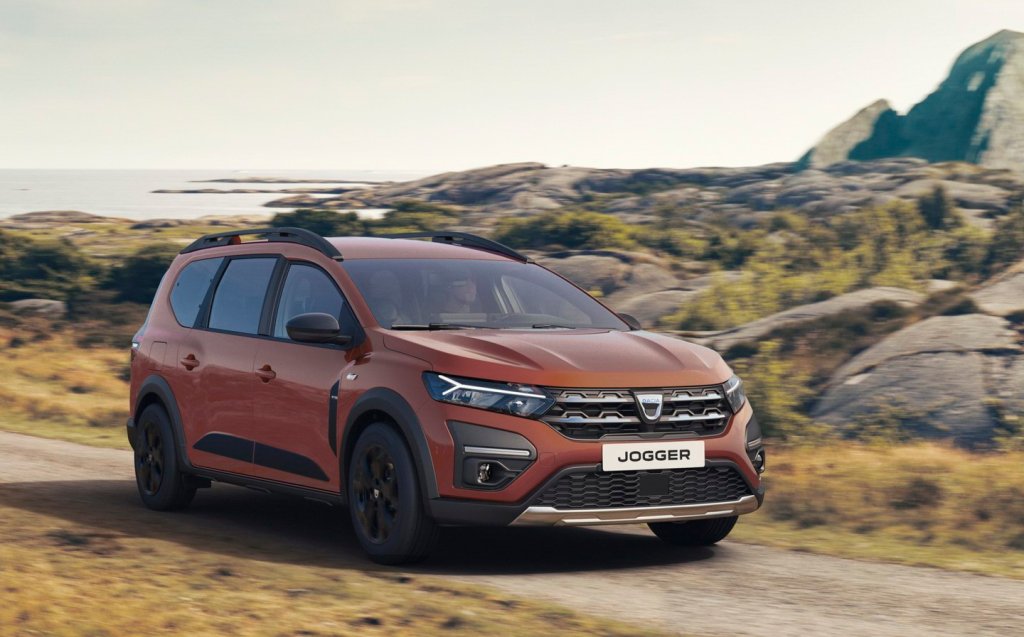
But what about Dacia’s future and the onset of electrification? The company is already taking steps to electrify its line-up, with the Jogger Hybrid being the first model to gain electrical assistance for its engine.
It uses the same 1.6-litre TCe petrol powertrain as the Renault Clio Hybrid (so it’s another example of Dacia’s ability to cheaply develop new models courtesy of its parent firm) and orders are already being taken.
Beyond that, the pure-electric Dacia Spring is already sold in Europe. This small SUV is a rebadged version of the Renault Kwid electric model, and features a modest 27.4kWh battery for an official range of 140 miles on the WLTP test cycle.
It’s believed that the Spring is scheduled to arrive in the UK in 2024. The production version of the Bigster concept car — a larger SUV than the Duster — is expected next year, too. And while prices are likely to be a step up, due to the cost of including a battery, you can bet that the pricing will still be highly attractive compared with the competition. EV buyers will just have to “do the maths”, as the original adverts advised.
Related articles
- After reading about Dacia’s first 10 years in the UK, you might like to check out our review of the Dacia Jogger
- Take a look at Dom Joly’s review of the 2016 Dacia Duster
- And check out how BMW and others may offer heated seats on subscription
Latest articles
- Skoda Enyaq 2025 review: Same book, different cover for electric SUV
- Lewis Hamilton wants to design a modern day Ferrari F40 with manual gearbox
- Dacia Bigster 2025 review: The ‘anti-premium’ family SUV that punches above its weight
- Your car’s worn tyres could be being burnt illegally in India, investigation reveals
- Open-top 214mph Aston Martin Vanquish Volante is world’s fastest blow-dry
- F1 2025 calendar and race reports: The new Formula One season as it happens
- Alfa Romeo Junior Ibrida 2025 review: Hybrid power adds an extra string to crossover’s bow
- Top 10 longest-range electric cars: all with over 400 miles per charge (officially)
- Renault 5 Turbo 3E ‘mini supercar’ confirmed with rear in-wheel motors producing 533bhp … and insane levels of torque


